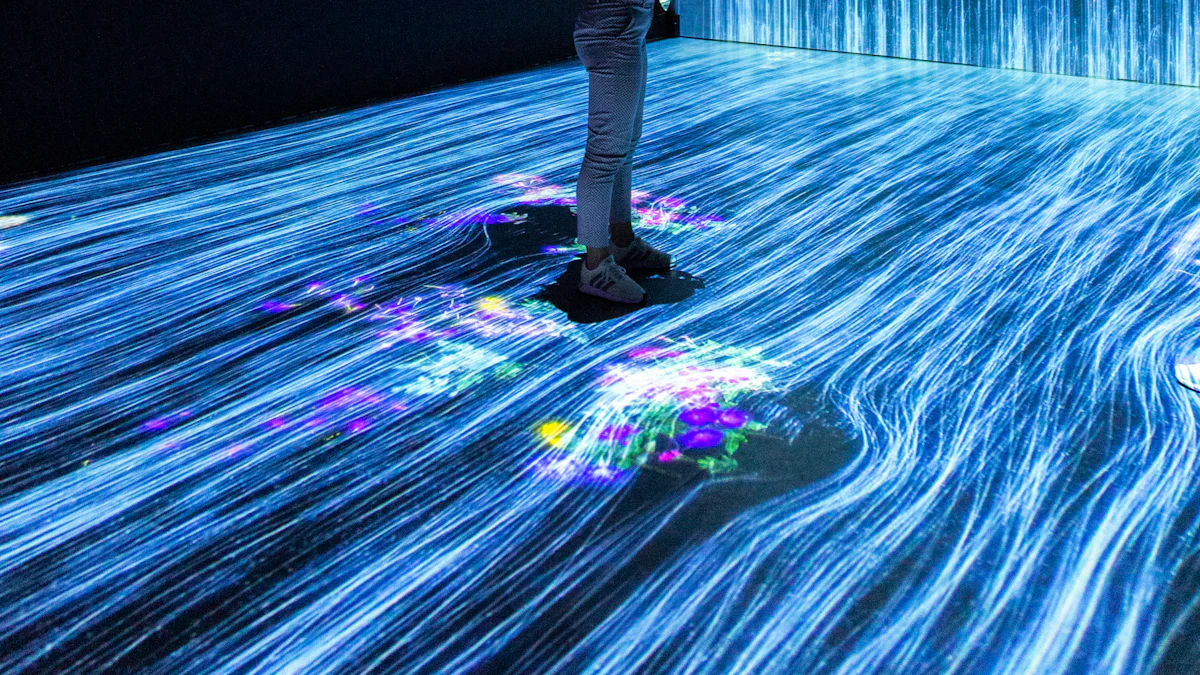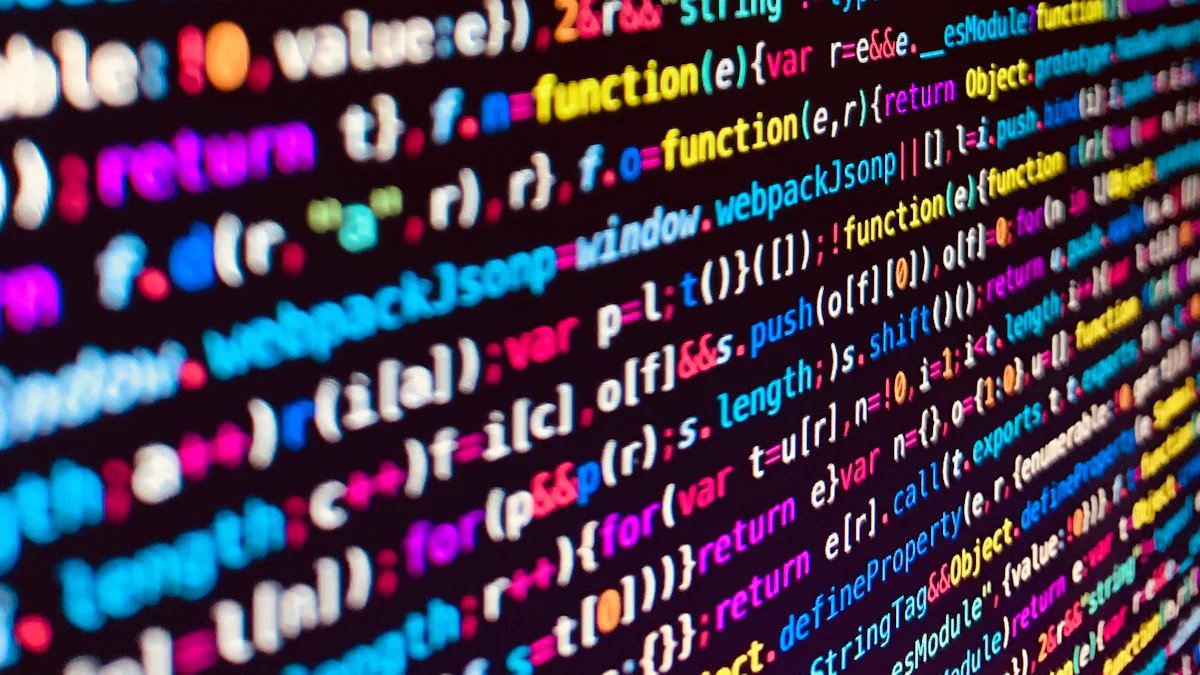
Diffusion Models (opens new window) have sparked a revolution across various industries (opens new window), reshaping how digital content is generated and manipulated. This conceptually elegant approach involves adding random noise to existing data (opens new window) and gradually reversing the process to produce structured outputs. The significance of Hugging Face (opens new window) in this domain cannot be overstated, offering cutting-edge tools and resources for exploring and implementing diffusion models. In this blog, we will delve into the fundamentals of diffusion models, explore Hugging Face's role in advancing this technology, and provide insights into the exciting possibilities these models offer.
# What are Diffusion Models?
# Understanding Diffusion
Diffusion models have emerged as a powerful new family of deep generative Models with record-breaking performance (opens new window) in various applications. The Diffusion Process involves adding random noise to existing data and gradually reversing the process to produce structured outputs. These models play a crucial role in tasks such as image synthesis, video generation, and molecule design. The ability to generate new data by reversing a diffusion process has opened up exciting possibilities in fields like computer vision, audio processing, and computational biology.
# The Diffusion Process
In the realm of machine learning, the Diffusion Process is a fundamental concept that underpins the operation of diffusion models. By adding controlled noise to data and iteratively removing it through multiple steps, these models can generate high-quality outputs. This process allows for the creation of realistic images, accurate audio samples, and even 3D structures of molecules. The versatility of diffusion models makes them valuable tools for researchers and practitioners across diverse domains.
# Applications of Diffusion Models
The applications of diffusion models are vast and impactful. From image generation to image super-resolution, these Models have proven their efficacy in a wide range of tasks (opens new window). They are instrumental in image inpainting, editing, and translation processes. Moreover, learned latent representations (opens new window) from diffusion models can enhance tasks like image segmentation, classification, and anomaly detection. The adaptability and robustness of diffusion models make them indispensable in modern AI applications.
# Key Features of Diffusion Models
One key feature of diffusion models is their capability for Data Generation (opens new window). By leveraging the principles of stochastic processes (opens new window) and probabilistic modeling, these models can create novel data samples with remarkable fidelity. Additionally, the process of Reversing the Diffusion Process enables users to manipulate data distributions effectively. Fine-tuning (opens new window) existing diffusion models or creating custom diffusion model pipelines allows for tailored solutions to specific problems.
# Data Generation
The ability to generate synthetic data is a core strength of diffusion models. Researchers can use these generated samples for training machine learning algorithms or augmenting datasets for improved performance. Fine-tuning pre-trained models further enhances this capability by adapting them to specific datasets or tasks.
# Reversing the Diffusion Process
Reversing the diffusion process is a unique aspect that sets diffusion models apart from other generative approaches. This mechanism allows users to control the level of noise added during generation and fine-tune the output accordingly. Understanding how to manipulate this reversal process is essential for harnessing the full potential of diffusion models.
# Hugging Face and Diffusion Models
# Hugging Face's Role
Hugging Face, a prominent player in the AI landscape, has been at the forefront of advancing Diffusion Models. The platform's innovative tools and resources have revolutionized how researchers and practitioners approach generative modeling. By providing access to cutting-edge technologies, Hugging Face empowers users to explore the full potential of diffusion models.
# Diffusers Library
One of Hugging Face's standout offerings is the Diffusers Library, a repository of state-of-the-art pretrained diffusion models. These models are designed to generate high-quality images, audio samples, and 3D structures with remarkable fidelity. Researchers can leverage the library's diverse capabilities for a wide range of applications, from artistic creations to scientific simulations.
# Pre-trained Models
In addition to the Diffusers Library, Hugging Face offers a rich selection of pre-trained models tailored for various tasks. These models serve as powerful starting points for users looking to dive into diffusion modeling without starting from scratch. By harnessing these pre-trained models, practitioners can accelerate their research and development processes significantly.
# Hugging Face Diffusion Models Course
Enrolling in the Hugging Face Diffusion Models Course opens up a world of possibilities for aspiring AI enthusiasts. This comprehensive program provides a structured learning path that covers everything from theory to practical implementation.
# Course Overview
The course begins with an in-depth exploration of diffusion models, laying a solid foundation for understanding their underlying principles. Participants will delve into topics such as data generation, noise control mechanisms (opens new window), and model fine-tuning. Through hands-on exercises and real-world examples, learners will gain practical insights into applying diffusion models effectively.
# Prerequisites and Learning Path
To embark on this educational journey, participants are expected to have a good grasp of Python programming and a basic understanding of deep learning concepts. The course caters to individuals with varying levels of expertise, offering guidance tailored to each learner's needs. By following the prescribed learning path, students can gradually build their skills and confidence in working with diffusion models.
# Licensing and Accessibility
When it comes to licensing and accessibility, Hugging Face upholds its commitment to open-source principles and community-driven innovation.
# Open Source Licensing
All materials associated with the Hugging Face Diffusion Models Course are freely accessible under open-source licenses. This inclusive approach ensures that knowledge sharing remains unrestricted, fostering collaboration and creativity within the AI community.
# Accessing Course Materials
Interested individuals can easily access course materials on GitHub, where they will find a wealth of resources curated by Hugging Face experts. From theoretical guides to practical tutorials, these materials offer invaluable insights into leveraging diffusion models effectively.
Diffusion models stand as a pivotal advancement in generative modeling, revolutionizing data synthesis across industries.
Hugging Face's contributions have propelled the accessibility and innovation of diffusion models, empowering users worldwide.
Future developments hold promise for enhanced model capabilities, expanding applications in diverse fields.



